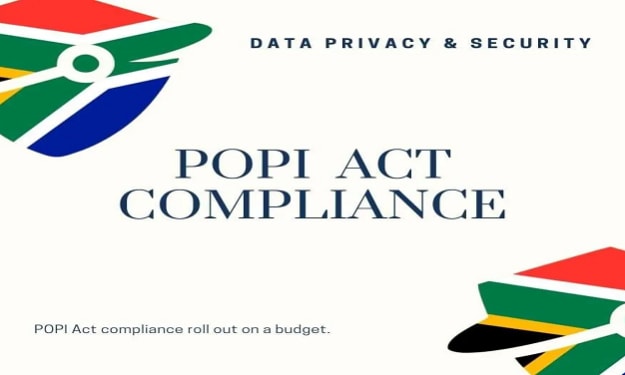Safeguarding Financial Data - Understanding SEC Data Security Requirements
SEC Data Security Requirements

In today's digital age, the protection of sensitive financial information is of utmost importance. To address the evolving threat landscape and ensure the security of investor data, the U.S. Securities and Exchange Commission (SEC) has established stringent data security requirements. This article delves into the significance of SEC data security requirements, their key components, and how financial organizations can ensure compliance while safeguarding sensitive data.
The Significance of SEC Data Security Requirements
The SEC plays a pivotal role in overseeing the securities industry, ensuring market integrity, and protecting investors. Given the increasing sophistication of cyber threats, the SEC has introduced data security requirements to protect against data breaches, unauthorized access, and other cyber threats. These requirements are vital for several reasons:
- Protection of Investor Data: Financial institutions and market participants handle vast amounts of sensitive data, including customer information, trading records, and proprietary data. SEC data security requirements are designed to safeguard this information from theft, manipulation, or unauthorized disclosure.
- Market Integrity: Cybersecurity breaches can have far-reaching consequences, including market disruptions and damage to investor confidence. The SEC's focus on data security is instrumental in maintaining the integrity of financial markets.
- Legal Obligation: Compliance with SEC data security requirements is not optional; it is a legal obligation for organizations operating in the securities industry. Non-compliance can result in fines, litigation, and reputational damage.
Key Components of SEC Data Security Requirements
The SEC's data security requirements encompass several key components:
- Regulation S-P: Regulation S-P, also known as the Privacy of Consumer Financial Information Rule, mandates that financial institutions establish policies and procedures to protect customer information. It includes requirements for the safeguarding and proper disposal of customer records.
- Regulation S-ID: This rule, known as the Identity Theft Red Flags Rules, focuses on detecting and preventing identity theft. It requires financial institutions to develop and implement identity theft prevention programs, including the detection of "red flags" and appropriate responses.
- Regulation S-AM: Regulation S-AM, or the Risk-Based Pricing Rule, requires creditors to provide consumers with a risk-based pricing notice when offering credit based on information from their credit reports. This rule is closely related to data security as it involves handling and sharing consumer credit information securely.
- Regulation S-XP: Regulation S-XP pertains to broker-dealers and investment advisers and requires them to adopt written policies and procedures to protect against identity theft. It includes safeguarding customer information and ensuring secure access to data.
Ensuring Compliance with SEC Data Security Requirements
To effectively meet SEC data security requirements, financial organizations should consider the following best practices:
- Risk Assessment: Regularly assess and identify cybersecurity risks and vulnerabilities specific to your organization.
- Data Encryption: Implement robust encryption methods to protect sensitive data, both in transit and at rest.
- Incident Response Plan: Develop a comprehensive incident response plan to minimize the impact of data breaches and ensure a swift recovery.
- Employee Training: Provide cybersecurity training to employees and establish a culture of cybersecurity awareness.
- Vendor Risk Management: Assess and manage the cybersecurity risks associated with third-party vendors and service providers.
- Continuous Monitoring: Implement ongoing monitoring of network traffic and system logs to detect and respond to anomalies promptly.
SEC data security requirements are a critical aspect of safeguarding the sensitive financial data that underpins the U.S. securities industry. Financial organizations must take these requirements seriously, investing in robust cybersecurity measures to protect sensitive information, prevent data breaches, and ensure compliance. By doing so, they not only fulfill their legal obligations but also contribute to the overall resilience of the financial sector in an increasingly digital world.
About the Creator
Enjoyed the story? Support the Creator.
Subscribe for free to receive all their stories in your feed. You could also pledge your support or give them a one-off tip, letting them know you appreciate their work.





Comments (2)
Thank you for this thorough and important overview!
Very interesting! Great work!